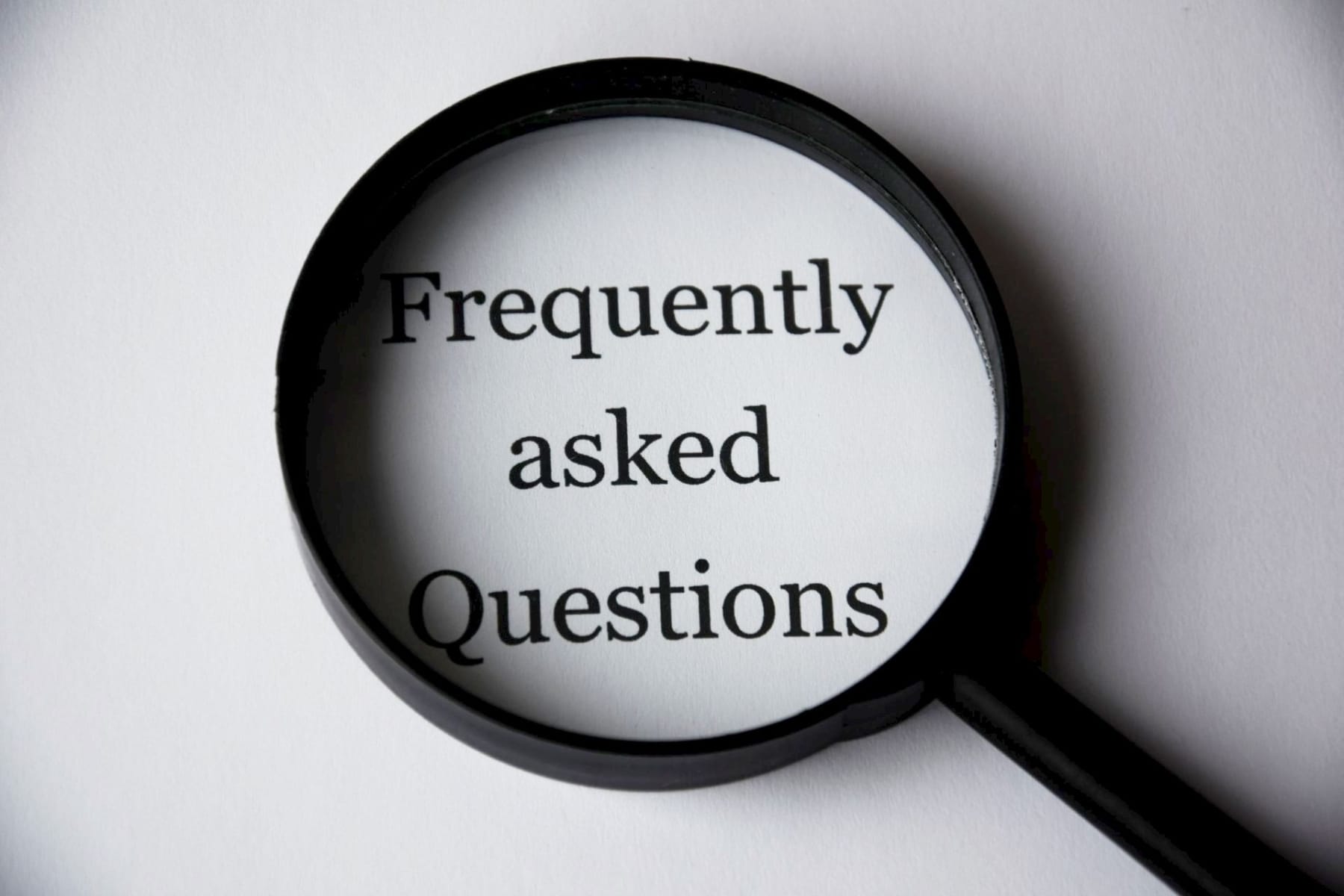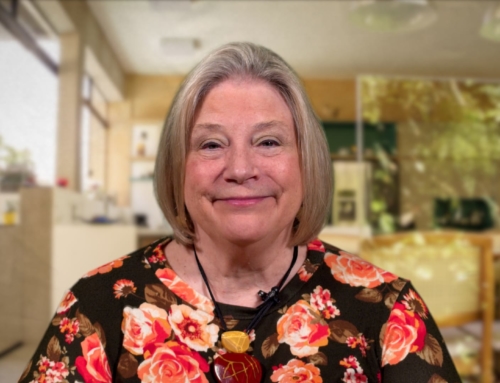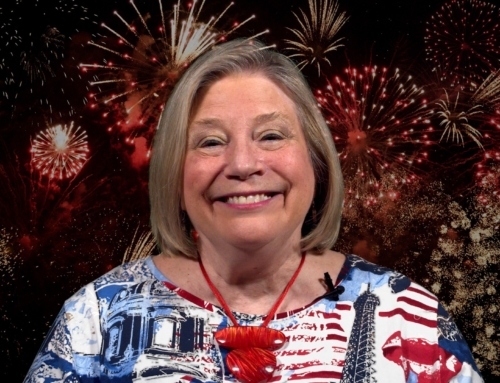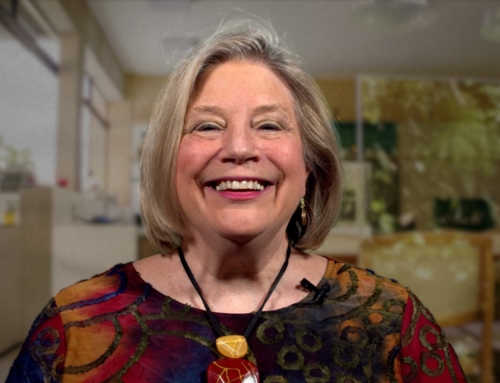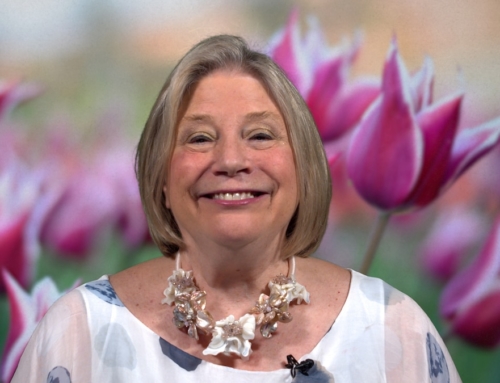We often hear questions in our Facebook groups or email from practitioners looking to help their clients more effectively. Our team felt compelled to share the following question about avoidant and disorganized attachment and Diane’s answer to demonstrate the level of support we provide one another in our Facebook groups.
While Diane cannot respond to every question, you will often find another therapist or member of the Trauma Solutions team who will jump in to ensure you get the support you need.
Diane Poole Heller,
You have mentioned the importance of helping the client moved from passive shut down dissociative responses to active responses. I have a client with high dissociative tendencies, avoidance, and disorganized attachments. In a recent session, she had actually come in in a fairly empowered place but is soon as she started talking about what wasn’t going well relationally she began to dissociate and spiral into a depressive state in which she just wanted to go to sleep and not think about anything. I attempted to bring in Resources Ally Oasis but had a hard time actually resourcing her. I mentioned that from a nervous systems perspective, she would be more empowered when she was able to access a more active response such as tell this person how she actually feels here at my office where there would be no repercussions.
She got angry, which I took as a good sign moving towards active defense. But then she turned her anger towards me for triggering more than she felt she was ready to process. Later she acknowledged that I may have been holding space for part of her she wasn’t ready to hold space for herself yet.
My questions to you, Diane, are:
#1 How essential is it to get some allies in place before activating active defensive response?
I’ve noticed in several of my avoidant adaptive clients, it’s difficult for them to actually identify anyone who feels safer. I bring in how it felt to have me attune to her. For example, adjusting the distance of my chair, etc. I bring in nature, animals, spiritual beings. I invited them to bring in people that they can confide in and actually place them in the room. But I do notice it’s challenging for these folks to take in resources even 1 percent more.
#2 How do you gauge when to support the dissociative state versus when to try to evoke an active response?
Thank you so much and advance for your responses
Diane’s Response:
Thank you for your email.
Yes, it will be a bit more challenging for a person with an avoidant attachment style to access people as resources. You may need to use yourself, and sometimes their connection to animals is stronger, and you might start there with their pet – with her horse, with her dog or cat. I feel it helps a lot to have allies in place before activating defense orienting responses because you can have the ally do or say something to defend against the threat or to support them to say or do something actively in defense against the threat themselves. We want them to eventually be able to access support as well as to defend themselves personally. Both are necessary skills.
It is great the way you handled her emerging anger, and sometimes it does come towards us as therapists first on the way to moving from passive; dissociation as the safest response to an active response that’s more empowering. Great that you worked it out that she could see that you were supportive. This may need to be repeated if the dissociative response has been habituated. It sounds like you’re doing a great job and it may be slow going for a while until she can begin to feel safer in connection than she does in going to sleep and dissociating.
Micro-track with the person how they actually dissociate and what happens long way. Thinking of it as a row of dominoes from being inside one’s body and self with each domino representing a step towards leaving or, in the reverse, coming back. So perhaps the person sees yellow, or their vision gets blurry, or they stop hearing, etc. I have been become aware of each shift gradually over time as they move from being more embodied to being more disconnected. When they feel each step that often begins by feeling like just in or just out sometimes they get enough warning that they can decide if they want to stay at a particular step and process in a bit. That’s like dissolving one of the dominoes. With fewer dominoes in place, it’s easier to stay connected, but they won’t dissolve unless the person is resourced enough – or stays in that particular step long enough for it to process and integrate.
I often help the client identify the steps or stages well saying it’s fine if they go out or it’s fine if they stay a little more present without a step or with me. So this complete allowance for which it ever will direction the person wants to experiment with. This might help a bit with your client as well.
My best you and thanks for keeping in touch.
Warmly,
Diane


